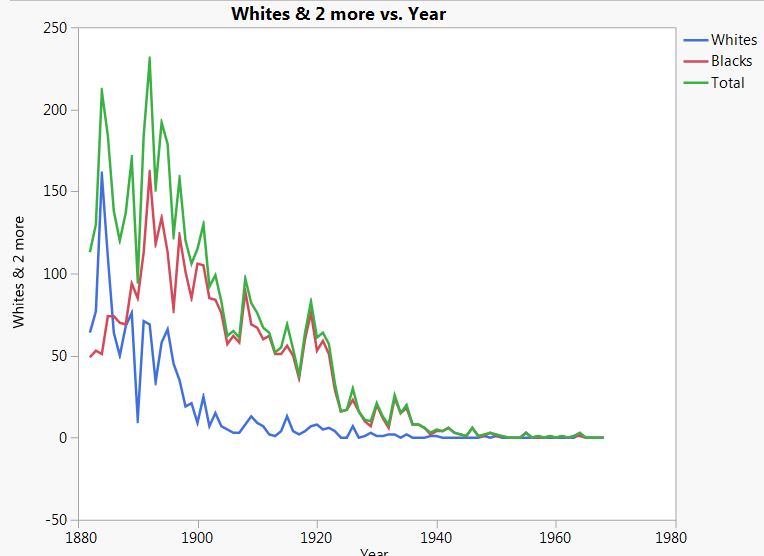Linkfest 2017-04-07

A really fun map, and as the article reluctantly notes, not especially credulous about the tall tales travelers shared.
I've linked stories on Uber's evil genius before. This seems to be their attempt to make Hari Seldon real. The New York Times article includes spiffy simulations.
An intriguing look at what kept the Romans, so very advanced in some ways, from an industrial revolution.
Father Matthew Schneider defends oil pipelines from a Catholic point of view.
I'm not surprised, but I've also known some truly gifted scam artists.

A fun interactive map that lets you see where people live.
A labor union associated think tank argues that free trade lowered wages in Mexico.
Noah Smith defends Case and Deaton.
James Miller interviews Greg Cochran, part 1. A wide-ranging conversation, covering Less Wrong, microbiology, federal funding, and free speech. Well worth a listen. [I helped fund this.]
Greg Cochran points out the flaws and misunderstandings in Cordelia Fine's new book. [I also helped fund this.]
Hollywood accounting is pretty shady. I wish Shearer the best of luck.
Damon Linker points out that about as many people die from alcohol overdose as heroin overdose in the US, and the overall rate of alcohol problems mirrors the rate of things like depression: about 1 in 3 over a lifetime.

Kevin Drum has a chart of the rates of death by drug overdose from selected periods and causes that dovetails nicely with Linker.

Ireland's population still hasn't recovered from the combination of famine and mass emigration in the mid-nineteenth century.
- Crime rate in the US

This chart comes from US Census Bureau data, and the paper containing it seems to be this: J. A. Miron, 1999. "Violence and the U.S. prohibitions of drugs and alcohol," American Law and Economics Association, vol 1(1), pages 78-114. I am intensely curious about the very low homicide rate at the beginning of the twentieth century. Particularly since it differs from other charts of the same thing, for example this one from Steven Pinker's Better Angels.

The solution seems to be that a 1995 article in Demography contains a model of homicide data that has been widely used to estimate missing data. Why do we need a model you ask? Because the data from the period didn't include everywhere in the United States. Not being an expert, the model seems reasonable, but don't forget it is a model.

Eckberg, D. L. 1995. “Estimates of Early 20th-Century U.S. Homicide Rates,” Demography.

I've stumbled on the same dataset twice now. The Tuskegee Institute started keeping track of lynchings in 1892. The data only goes back to 1882, which is the year the Chicago Tribune started keeping numbers. The NAACP also started collecting numbers in 1912. You can see in the chart the point when lynching stopped being just a kind of frontier justice, and started being a way to terrorize black Americans. If data existed for the entire 19th century, I think this trend would be even more clear. Data in EXCEL here.
A post on the reddit for Slatestarcodex questioning the qualifications of Emil Kirkegaard, whom I'm linked several times. I think most of the points made by the anonymous poster are reasonable, and also wrong in Kirkegaard's case.
Emil Kirkegaard's response.
Ross Douthat argues that we should just go all the way to true Imperialism. A position that I endorse. S. M. Stirling gives a notable fictional example of how an actual empire, a universal state, can be genuinely multicultural. Also, the Hapsburgs.
Comments ()